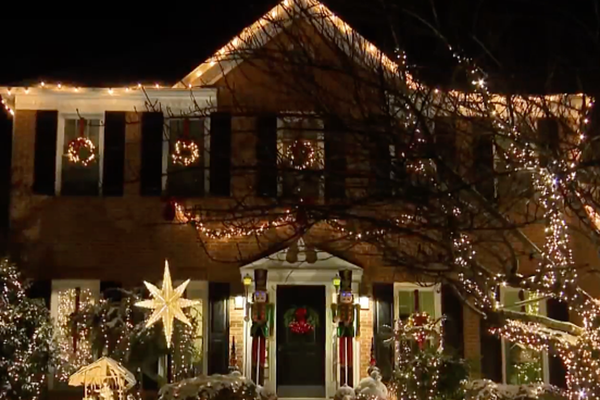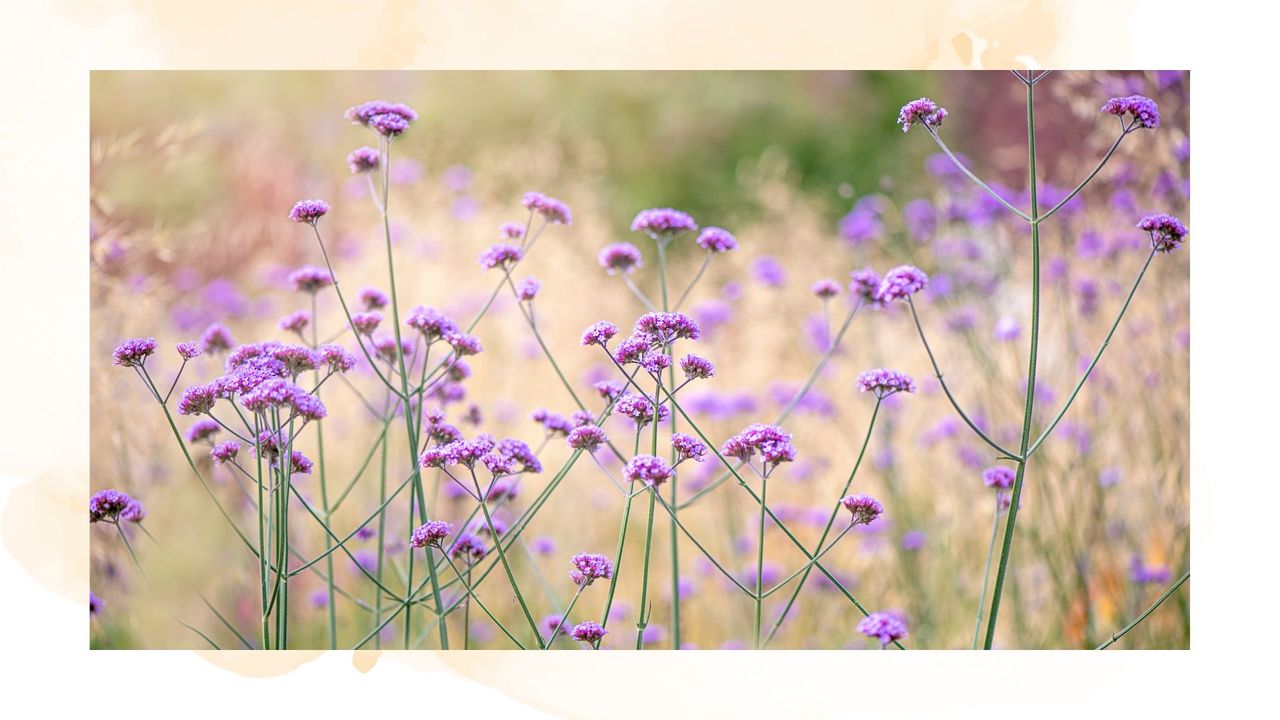
Watching blooms become spent is one of the few downfalls of having a stunning garden, especially when the plants are as vibrant as verbena. But what should you do when your flowers have passed their best? Is deadheading the right choice?
With so many plants, you shouldn't deadhead in your garden; it can be confusing to know what to do when you encounter wilted or spent blooms. And while knowing how to deadhead properly is key, is that what your verbena needs at the end of its flowering season?
To find out, we consulted gardening experts, and their answer might surprise you.
Should you deadhead verbena?
Once you notice your verbena starting to dwindle, you might want to sort your garden out by giving the plant a healthy chop. The question is, is that the right thing to do?
"Most types of verbena, including both annual and trailing varieties, need deadheading to encourage them to produce new blooms and promote bushier growth rather than the plants becoming leggy and straggly," says Lucie Bradley, gardening expert at Easy Garden Irrigation.
"However, there is no hard or fast rule that says you have to deadhead verbena, and there will be many gardeners who don’t," she adds.
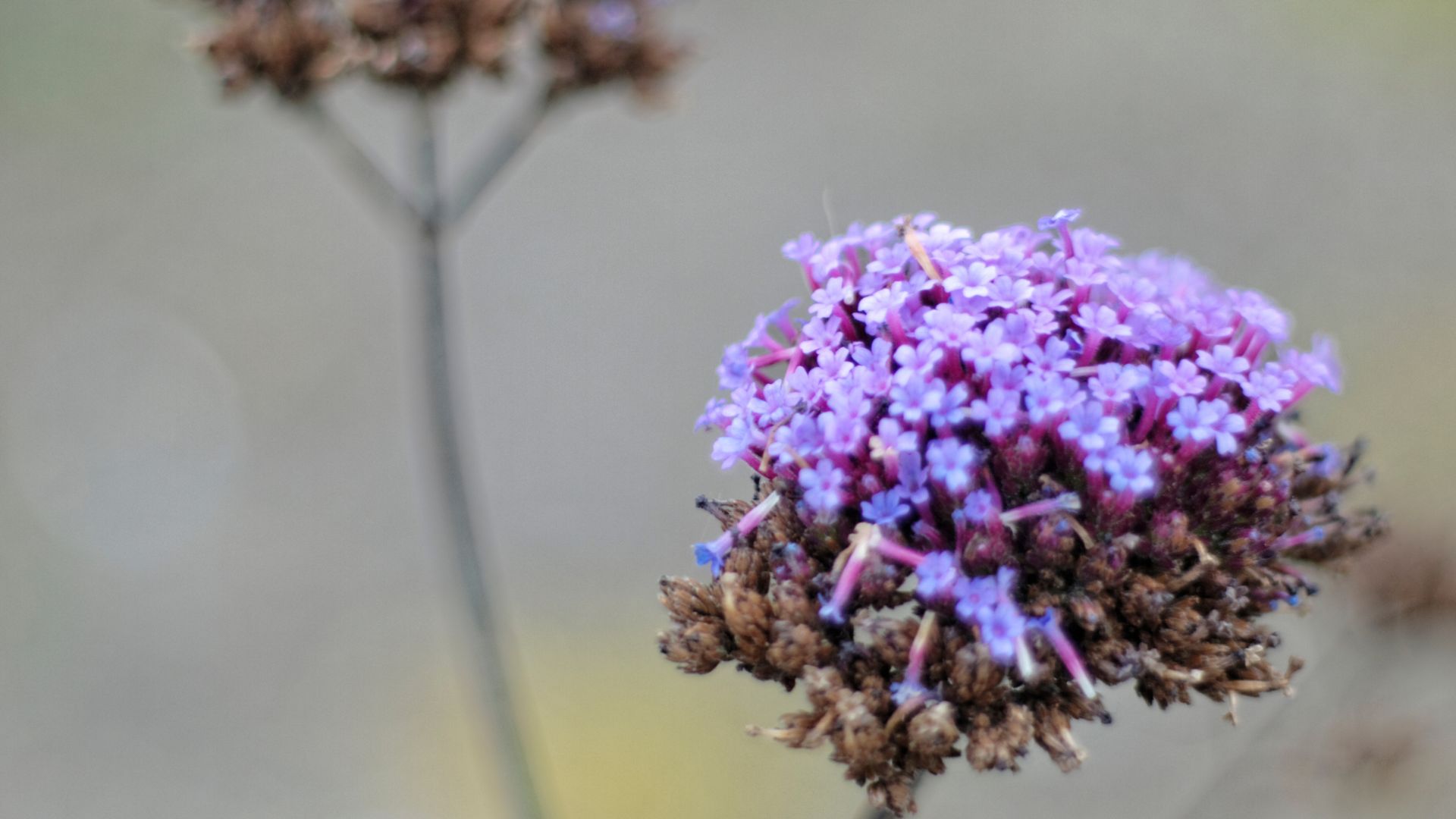
Lucie points out that some varieties of verbena benefit from not being deadheaded and are classed as being ‘self-cleaning’, including Superbena verbena and Lanai verbena.
"Once the flowers on these varieties have finished, they naturally drop away, allowing new flowers to emerge without you having to deadhead," she explains. "Or some gardeners like naturalistic gardens, and by leaving the verbena to self-seed, you will get a natural spread of the plants throughout your garden - not always suitable if you have a small garden."
So if you're into the rewilding trend or prefer more sustainable garden ideas, you might want to leave your verbena to its own devices.
Not deadheading the plant can also help attract birds to your garden, as Lucie highlights that many wild birds such as blackbirds, finches and sparrows will eat the verbena seeds.
Shop deadheading essentials
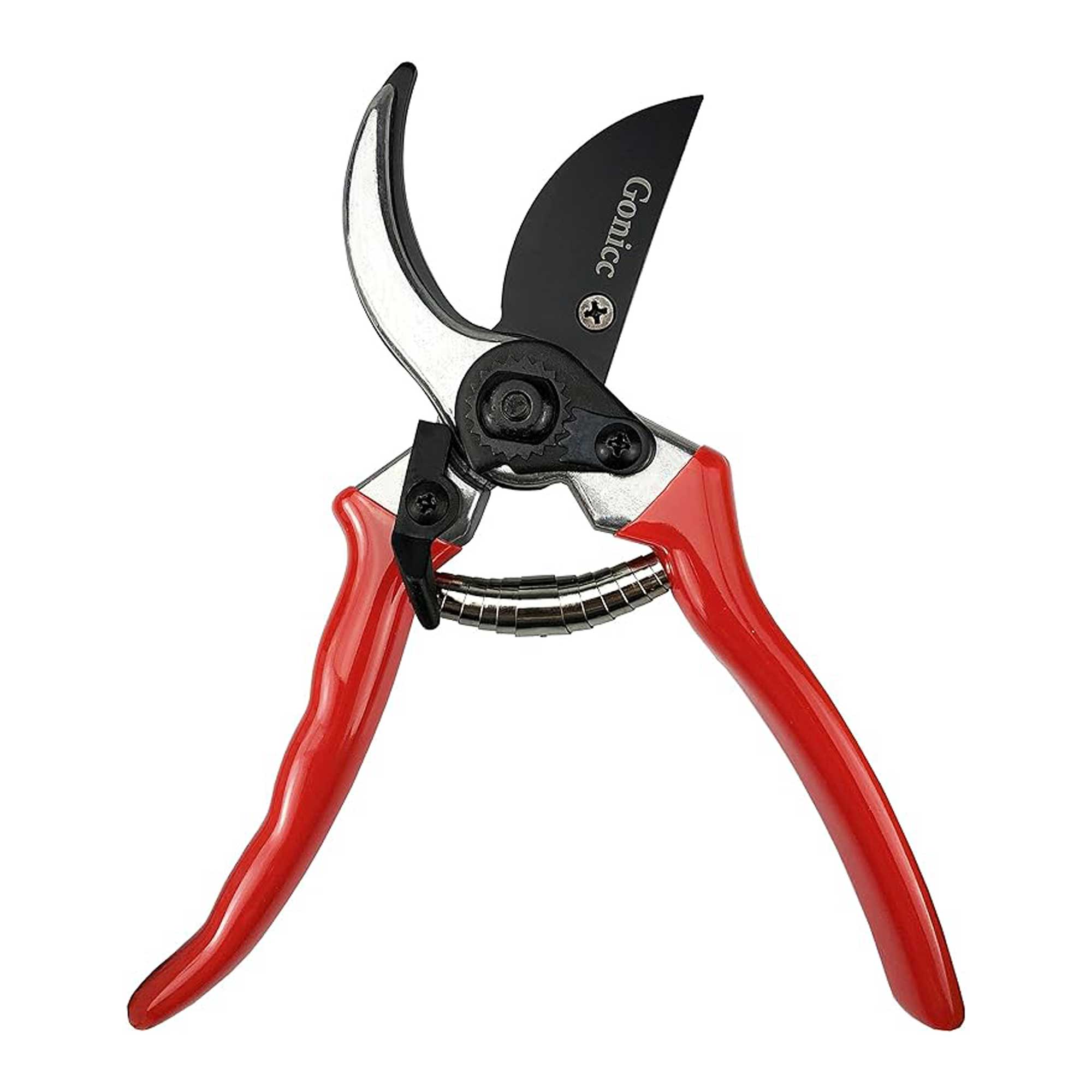
RRP: £9.95 | These popular secateurs feature a carbon steel blade and lightweight, non-slip handles, making precision pruning and deadheading easy.
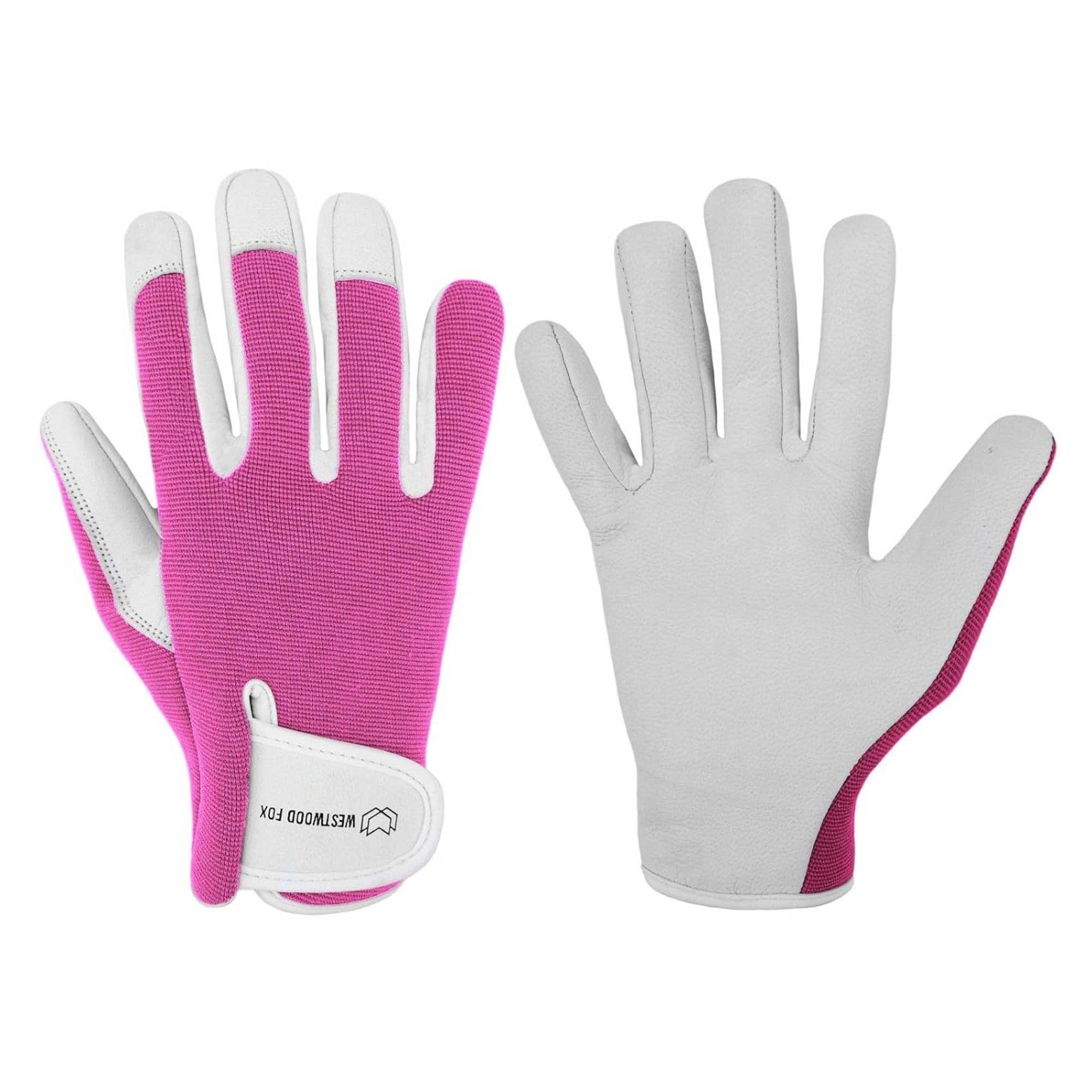
RRP: £7.97 | These gardening gloves have been awarded ‘Amazon’s Choice’, and it’s easy to see why – they’re breathable, comfortable, and stylish.
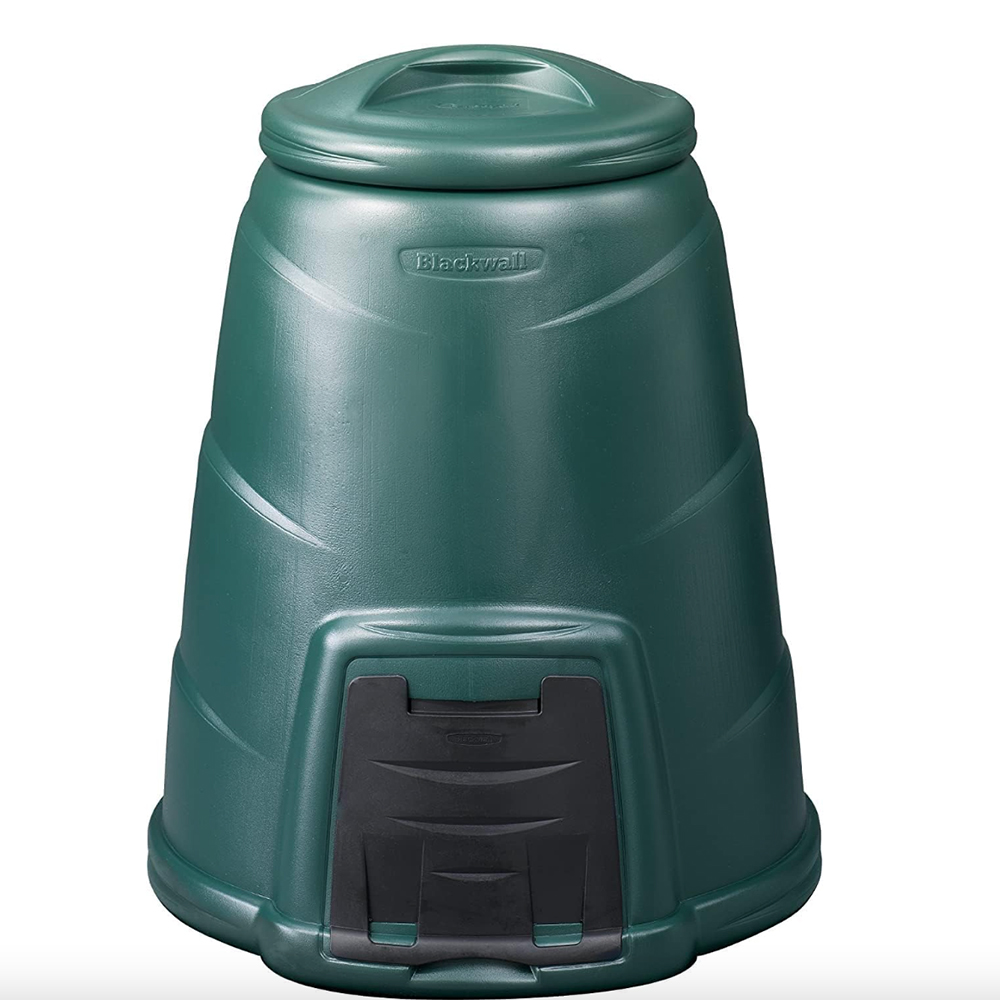
RRP: £54.99 | This generous bin is a popular choice of design for those looking for a bin solution to decompose deadheading cuttings.
What are the benefits of deadheading verbena?
Whilst you may already know the benefits deadheading can offer, like keeping your roses flowering for longer, some specifics come with deadheading verbena.
“Deadheading prolongs the flowering period, but it also keeps the plant neat. Verbena is a great addition to borders; it creates impact without casting shadows as the flower heads are airy. Keeping on top of deadheading and trimming back helps preserve its effect," explains Hayden Salt, Garden Centre Manager at Jacksons Nurseries.
"Verbena can also start self-seeding when it focuses on seed production. While this can be helpful if you prefer a wild garden, some gardeners prefer control over where their plants are growing. Deadheading will promote flowering instead of seed development," he continues.
Finally, Hayden adds that keeping your verbena full of flowers will attract butterflies. He says that they love the plant, so the more blooms you have, the more fluttering visitors you'll have in your garden.
How to deadhead verbena
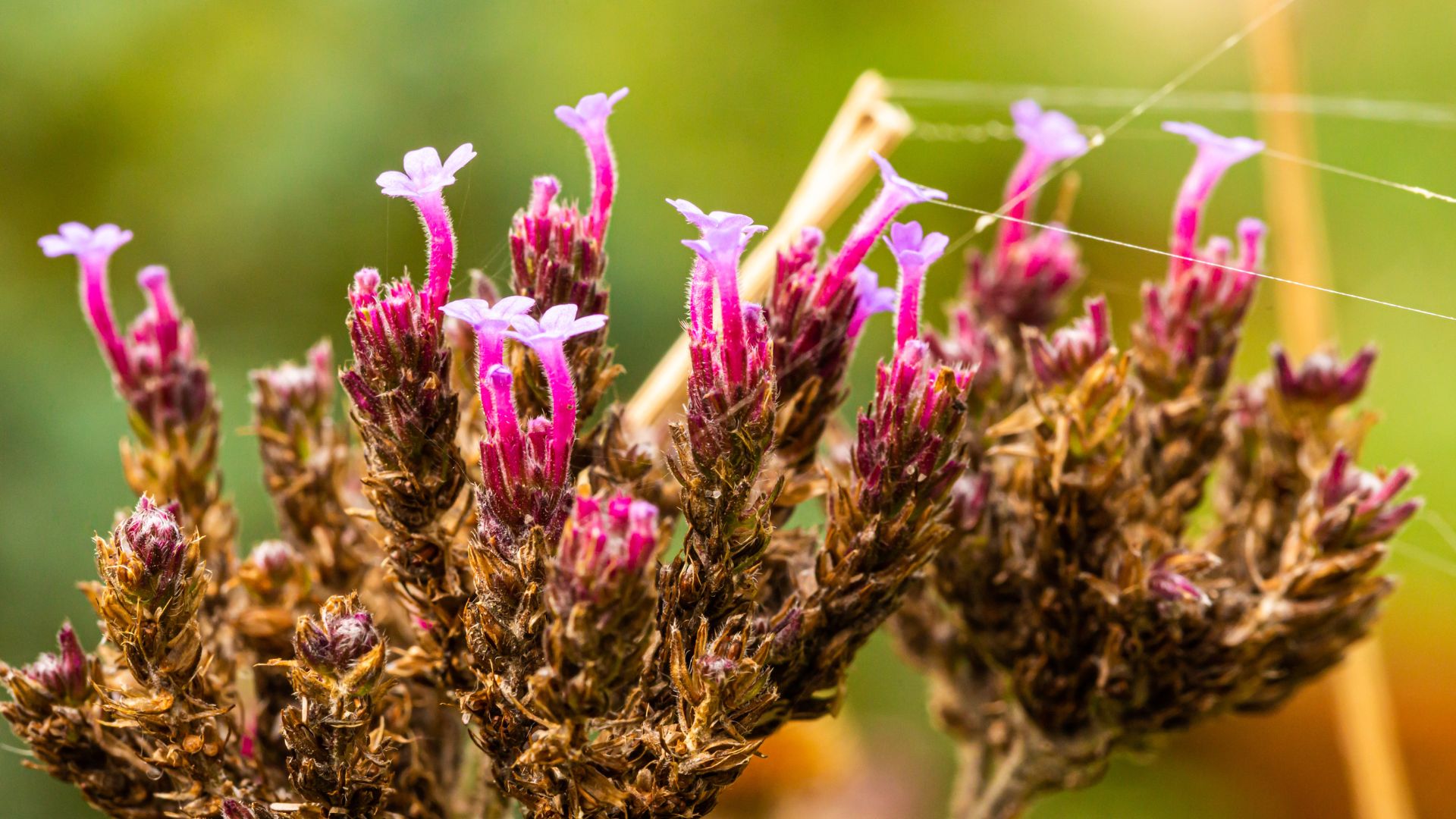
If you're ready to deadhead your verbena, which is one of the best cutting garden flowers if you catch it before it wilts, the method is simple.
"To deadhead a verbena, simply find spent flower clusters and snip them off just above a leaf node or healthy side shoot. Make sure you use clean, sharp cutters or scissors so you don’t hack at the plant and cause unnecessary stress," instructs Hayden.
"Don’t trim too much at once, take a little off each week or when the bush is starting to look untidy or tired. The plant is borderline hardy and requires some extra protection in winter. Avoid cutting back when cold weather approaches, so leave old stalks until spring and then prune back when new growth emerges," he adds.
If you don't have a pair of trusty secateurs, we'd recommend investing in some. They're one of the essential tools that every gardener needs and will come in handy for more than just deadheading.
